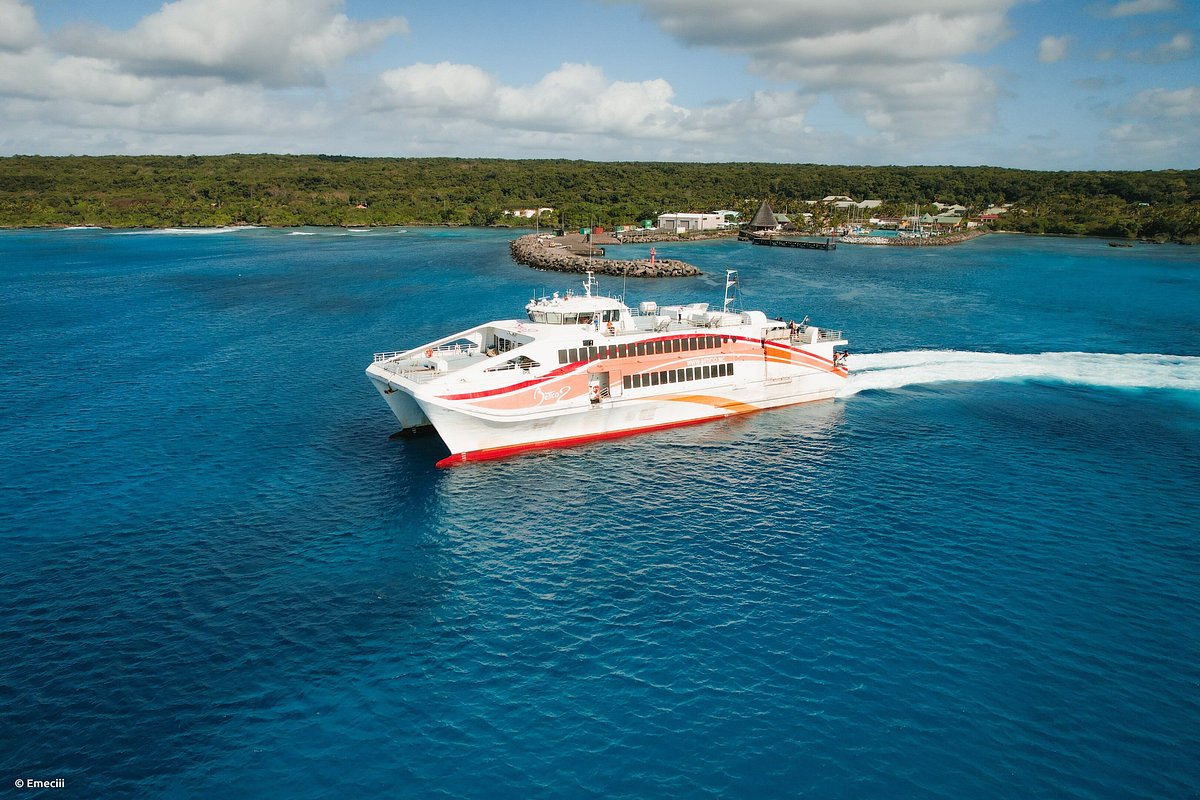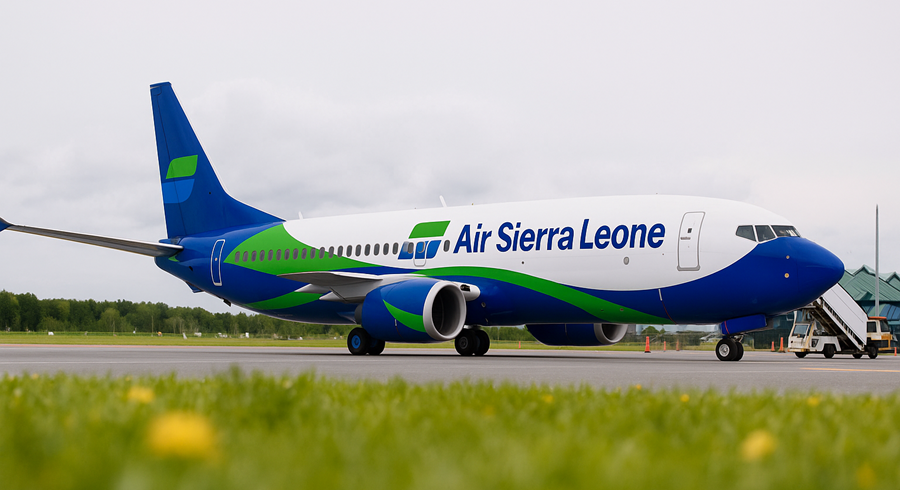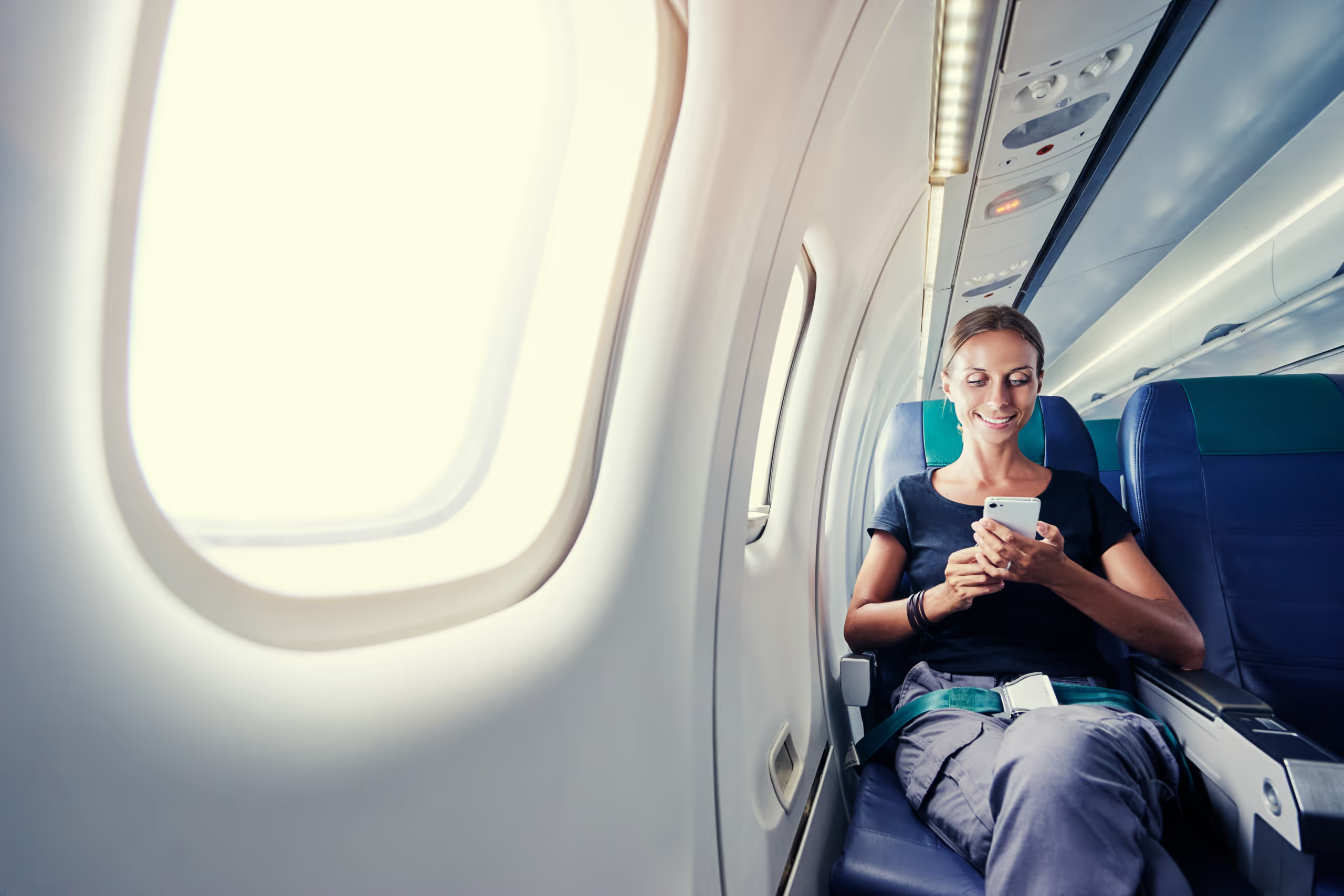In-Flight Entertainment and Connectivity Emerge as Key Differentiators for Airlines
Moment’s new research explores how In-Flight Entertainment and Connectivity (IFE&C) are transforming airline strategies. The study reveals that entertainment remains passengers’ top priority onboard, while connected cabins pave the way for richer digital experiences.
With the European air travel market booming, 198 million travelers recorded in Q1 2024, an 11.5% increase year-on-year, airlines face mounting pressure to differentiate themselves. To capture this surging passenger flow and build loyalty, investment in innovation is essential. Substantial value can be unlocked by closely analyzing passenger behavior and expectations. Sustainable growth, in turn, can be driven by adopting a holistic approach that places the passenger at the centre of all developments.
Entertainment remains a priority for passengers
On medium-haul flights equipped with Wi-Fi (approx. 5 hours), passengers spend 20% of their time (an average of 58.4 minutes) on the entertainment platform, underlining the enduring importance of IFE&C in keeping customers engaged. The study shows that 97% of passengers now prefer using their own devices rather than seatback screens or laptops for in-flight entertainment, highlighting the rise of the ‘Bring Your Own Device’ experience. However, more than 50% report frustration with the lack of charging outlets, a challenge airlines must address to keep up with passenger expectations.
The majority of travelers continue to value entertainment programs during flights, with 35% streaming content onboard. Among the most requested types of content, Video On Demand (VOD) leads the way, preferred by 72% of travelers, outpacing games and music. Within this segment, films and series dominate with 92% appreciation, with passengers showing a clear preference for blockbuster titles, which remain the top choice for in-flight entertainment. Notably, Barbie was the most requested film on aircraft equipped with an IFE system.
The rise of shopping at 30,000 feet and ancillary revenues
Beyond entertainment, the study highlights the growing role of onboard retail in airline strategies. Ancillary revenue generation is cited as a key priority by 26% of airline decision-makers. Currently, passengers spend an average of $90 per flight on ancillary services, a figure projected to rise to $120 by 2030. This growth is fueled by the expansion of connected cabins, with one-third of aircraft already connected in 2024 and half expected by 2030, enabling secure, real-time purchases.
The report notes that airline official merchandise, electronics, spirits, and perfumes top the list of best-selling onboard products. Thanks to new digital retail technologies, airlines can now also offer large or valuable items not stored onboard but shipped directly to a passenger’s destination or preferred address. Personalized recommendations powered by AI and passenger data are expected to further enhance engagement and conversion.
An expanding market opportunity
With the global IFE market forecasted to double by 2030, reaching $12.37 billion and the in-flight retail market, valued at $3.5 billion in 2024, projected to surpass $5 billion by 2030, this research confirms that airlines prioritizing IFE&C innovation will be best positioned to stand out, maximizing ancillary revenue, and delivering competitive passenger experiences in the years ahead.

Descubra nuestras últimas noticias
¿Listo para redefinir su camino con soluciones innovadoras?
Impulse su transformación digital con Moment
















































